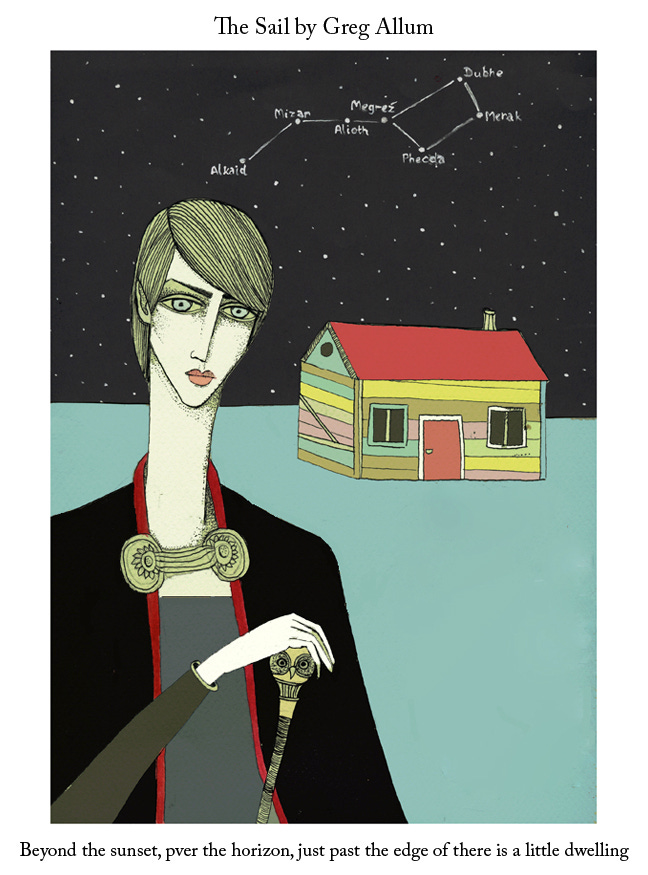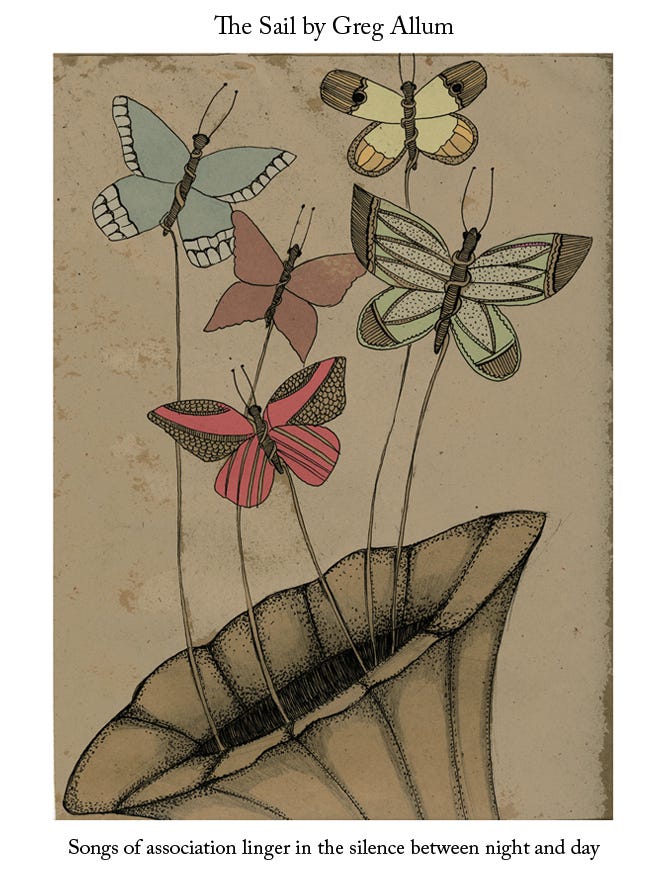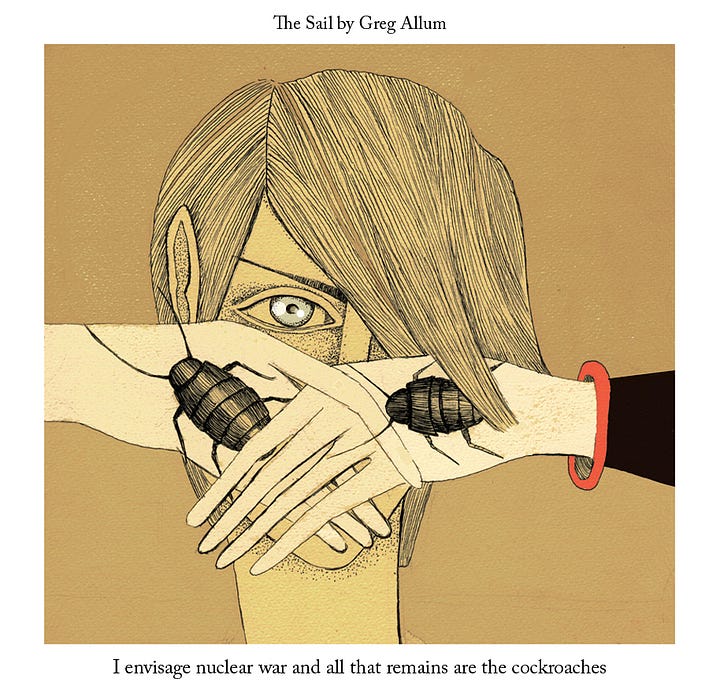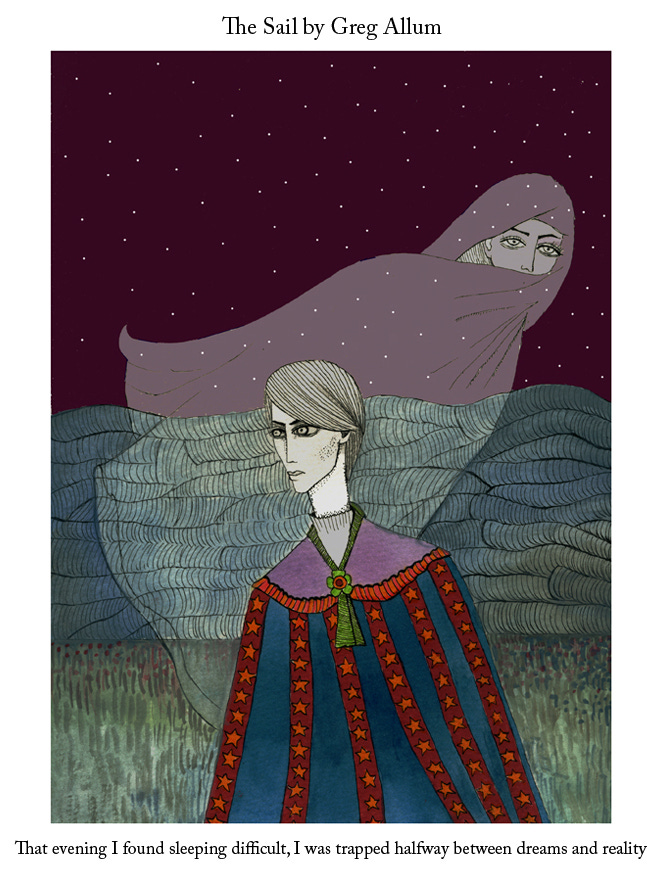Community, Countless Hours, and the Art of Letting Go: My Self Publishing Journey (3/5)
Crafting Beauty, Building Community, and Learning Hard Lessons
If The Night Shines Like Fireflies was my ambitious leap into self-publishing, The Sail was my refined, more strategic attempt. This second book wasn’t just another project—it was a collaboration, a labor of love, and a testament to what I had learned from my first experience. But, as with any creative journey, it came with its own highs, lows, and lessons.
The Story Behind The Sail
The Sail was a poetic narrative about love, loss, and self-healing. It followed a protagonist who had lost the love of his life and embarked on a fantastical journey toward acceptance and inner peace. Collaborating with Polish artist Taxi Taxi added another dimension to the book, making it visually striking and emotionally resonant.
This time, I knew I wanted something special. I reduced my print run to 500 copies, focusing on quality over quantity. The Sail was a hardback book with intricate design elements that reflected the depth of its story. I wanted every copy to feel like a piece of art.




What Went Right
Design and Quality: I invested more in the design, creating a hardback book that felt substantial and beautiful. It wasn’t just a book—it was an experience. Each book had a wax-sealed love letter from the protagonist.
Community Engagement: By 2010-2011, I had built a mailing list and established myself in the local arts scene. I collaborated with local newspapers for interviews, stocked the book in independent bookstores, and leveraged emerging social media platforms to reach potential readers.
Word of Mouth: The story resonated deeply with readers. Many bought additional copies to gift to others, one purchase led to three, creating organic word-of-mouth promotion that helped sell out all 500 copies within a year.
Recognition: The Sail received special mentions at the Writers' Digest Awards in the U.S., giving me international exposure and validation for my work.
What Went Wrong
Proofreading Oversights: One of my biggest regrets with The Sail was the lack of thorough editing. I was so immersed in the creative process that I overlooked minor errors that a fresh pair of eyes would have caught.
Time-Consuming Process: Even with a smaller print run, it took me a year to sell all copies. The effort was immense, from handling logistics to maintaining constant engagement with readers.
Noooo Really Time Consuming. Wax and hand sealing 500 love letters took me hours, if not days. Whilst it added a personal touch, it was overwhelming.
Lessons Learned
Design Matters: Investing in high-quality design pays off. Readers notice the difference, and a well-designed book can elevate your work - this was helpful when engaging with local bookstores. They took my work seriously.
Build and Leverage Your Audience: Having an engaged community made a world of difference. If you’re self-publishing, start building your audience early through social media, newsletters, and local collaborations - and now SubStack!
Editing is Crucial: No matter how deeply connected you are to your work, hire an editor. Small mistakes can undermine even the most beautiful book. The cost will be worth a lifetime of regrets.
Smaller Print Runs Can Be More Manageable: Reducing the volume from 2,000 to 500 copies made the process more manageable and financially sensible. The cost per unit was higher but it felt achievable.
Emotional Resonance Drives Sales: The Sail connected with people on a profound level. Stories that resonate deeply with readers often have the most staying power.
No Profit and No Publishing Deal. I broke even. The lesson is that self-publishing expensive, if you break even then it feels like a win. Don’t get into this if you want to make money. Ideally, I wanted this first edition to get the attention of publishers and agents, I ringfenced 50 copies to send, and I got wonderful replies but no-one wanted to buy the rights.
Reflections on The Sail
The Sail was a turning point in my self-publishing journey. It showed me that a well-crafted book could sell, that community engagement was vital, and that quality often trumps quantity.
But it also taught me that perfection is elusive and that every project is an opportunity to learn and grow.
In the next post, I’ll explore The Anteater That Didn’t—a Kickstarter-funded children’s book that highlighted the importance of community support, the challenges of printing, and the delicate balance between art and market expectations.
If you’re on the path to self-publishing, remember this: invest in your craft, nurture your community, and never underestimate the power of a story that touches the heart.


Thank you so much for this. I am investing heavily in the print copy of my novel and I appreciate your advice and lessons learned. My goal is to build a community of dedicated readers. Wish me luck.